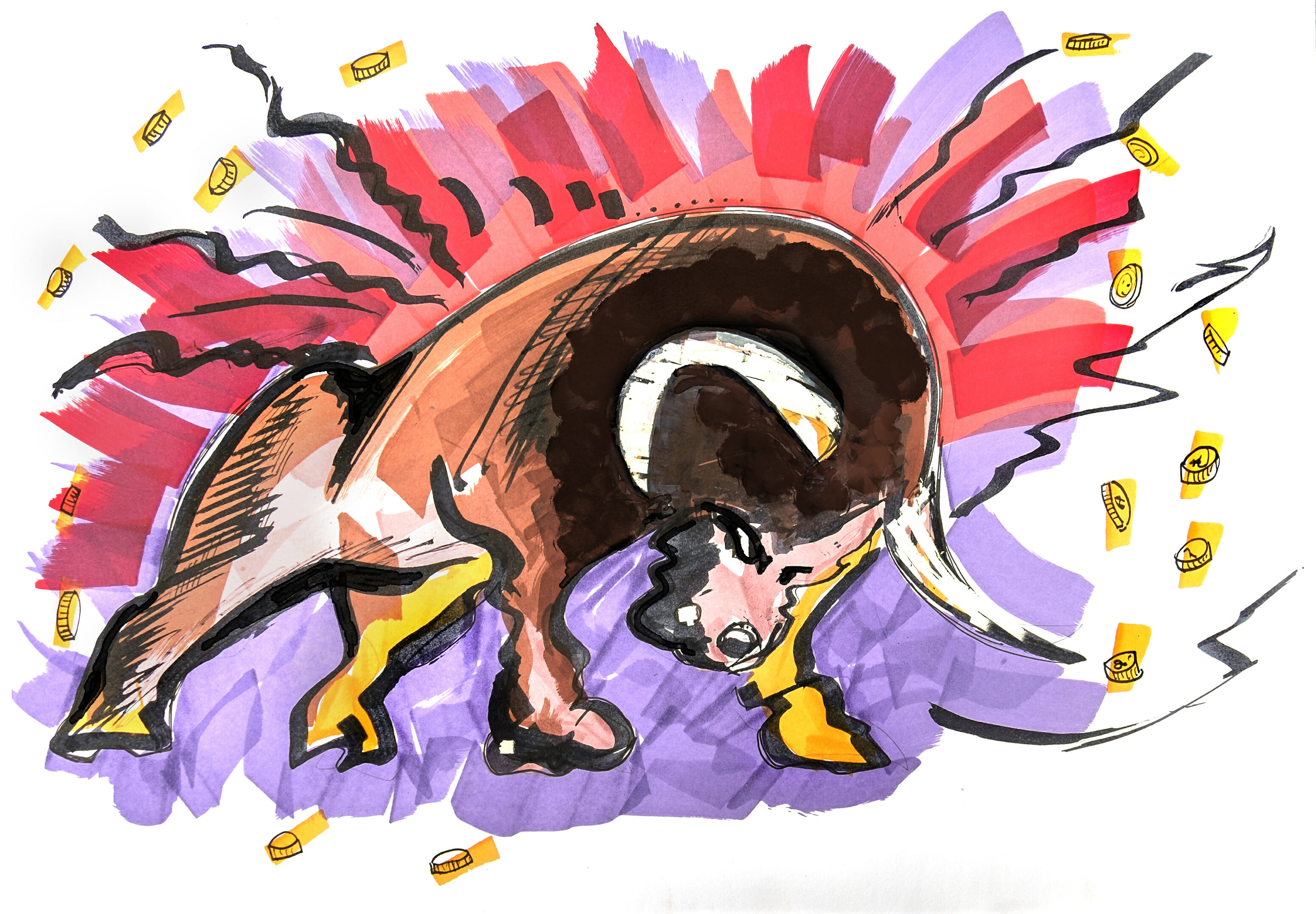Is Bitcoin’s Bull Run Over? What Do Historical Trends Tell Us?
Recent on-chain bitcoin metrics indicated a potential market top, with a cycle peak similar to previous years. Analysts noted increased selling activity, in line with historical trends.
Bitcoin [BTC] was experiencing a slowdown at the time of publication, reversing its earlier rally above $63,000.
Over the past week, the cryptocurrency has fallen 1.1%, with a more significant 2.7% drop in the past 24 hours alone, bringing its trading price down to $60,929.
Amidst these market movements, Charles Edwards, the founder of Capriole Investments, has pointed out that several chain metrics suggest a possible weakening of bitcoin’s market strength.
Bitcoin’s Tipping Point?
Charles Edwards pointed to several chain indicators of a potential market exhaustion. One important signal is the behavior of the Bitcoin Long-Term Holder (LTH) inflation rate, which is monitored by Glassnode.
The LTH inflation rate, which measures the annualized rate at which long-term holders sell their bitcoin relative to newly mined coins, has been rising steadily for the past two years.
It currently remains near a critical level historically associated with market peaks. Edwards noted that when the LTH market’s inflation rate approaches the nominal inflation rate of 2.0, it often indicates a peak in the cycle. Recently the real rate has been dangerously close to 1.9.
Another key metric Edwards analyzed was inactivity flow, which assesses the value of coins spent relative to their age and total transaction volume.
Recent data has shown a sharp increase in the inactivity Z-score, particularly in April 2024, which could indicate that older coins are moving at a pace that suggests the top of a cycle.
Edwards explained it this way:
“The peaks of this metric (z-score) usually see the peaks of the cycle three months later. Well, it’s been three months now. The price has only fallen, and the idle z-score peak remains with a very comparable structure to the 2017 and 2021 peaks.”
Dormancy Flow’s Z-score suggested that the price of bitcoin may have peaked for this cycle, as it appeared to be overvalued based on the transaction volume of older coins, potentially signaling a broader market decline.
In addition, spikes in bitcoin spending, particularly for coins between 7 and 10 years old, often signal the top of a cycle due to increasing market risk.
Edwards noted a significant increase in the volume spent in 2024, describing the movement of an unprecedented amount of bitcoin on the chain as extraordinary.
He also mentioned that more than $9 billion in Bitcoin has been mobilized from dormant accounts more than ten years old, primarily related to the settlement activity of the defunct Mt. Gox exchange.
Top of the Cycle: Are Traders Aware?
While Charles Edwards highlighted potential weaknesses in the bitcoin price, it is prudent to examine other perspectives.
Analyzing the leverage of short and long BTC settlements on Coingrass, the data showed that the majority of settlements in the last 30 days were long positions, suggesting that many traders are anticipating an increase in the value of bitcoin.
Only time will tell if these long positions will prove profitable for traders or if the price of bitcoin will continue to fall, confirming Edwards’ outlook.
Meanwhile, in terms of where the price is headed, AMBCrypto’s latest report has indicated a positive shift in mining activity. Specifically, there has been a noticeable increase in miners’ reserves, which could potentially boost the bitcoin price.
By Audy Castaneda
